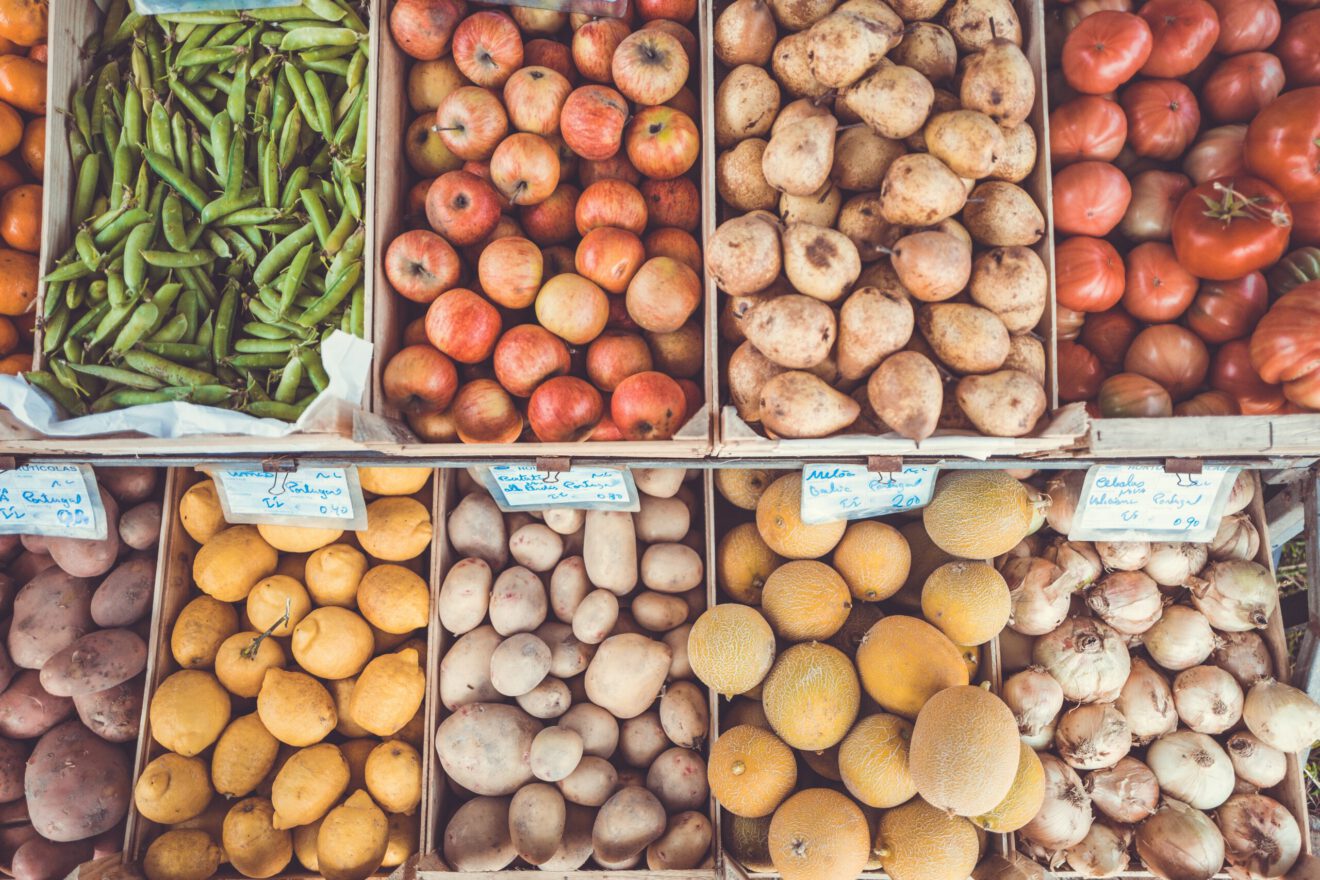With a focus on premium shopping experience, Whole Foods Market, Trader Joe’s, Wegmans, H-E-B/Central Market, Aldi, Amazon and Thrive Market all share a specific strategy, namely they function as masterful curators of the food and beverage shopping experience.
With such a fractured and hyper-competitive food retailing environment, one in which digital and physical are virtually indistinguishable from each other, what makes “curation” of food and beverage shopping such a special thing? Curation as an art form can best be described as the process of a retailer (whether physical or digital) moving from the role of casual editor (of say the 40,000 items found in a typical grocery store) to full-time curator (potentially armed with docents) meeting the needs of shoppers who are increasingly hungry to discover new food and beverage frontiers: Many successful food retailers currently align as curators of premium experiences – these would include those retailers just described who typically excel at marketing premium foods and beverages, including organic and natural products.
Because organic and natural products contribute in building premium shopping experience, our long-term studies of these products (which date back over 20 years) are helpful in documenting how consumer purchases of such products are linked to channel and retailer selection. Our Organic and Natural 2018 report found that retailers serve a key curation role in organizing, describing and prioritizing organic and natural product attributes for consumers, all of which ladder up to shaping how consumers source and understand organic and natural products. This is what makes retailers like Trader Joe’s, Whole Foods, Sprouts Farmers Market, Fairway Market and The Fresh Market consumer favorites when it comes to organic and natural products.
For consumers shopping a highly trusted retailer, the need to trust in CPG brand names or to scrutinize organic or natural product attributes declines. Retail context shapes the willingness of consumers to explore and thus increases their adoption of new organic and natural products. We see this issue of “trust” (and linkages to curation) play out in over-indexing, positive trust ratings of channels and retailers which were analyzed in our Food Shopping in America 2017 report. This research found that channels like specialty/natural, online, discount (Aldi), grocery and club which provide a setting of curated discovery on premium food and beverage experiences (e.g., organic and natural, specialty, ethnic or “sustainable” products) were much more likely to index positively compared to low-curation channels like drug, dollar and mass market channels.
The positive over-indexing of online grocery as “a good place to browse” (one of Food Shopping in America’s shopping measurement criteria) is perhaps not a surprise when we consider how curation has played a role in the digital realm: Online grocers, such as Thrive Market and Amazon, are practicing curation on a detailed level, enabling shoppers to shop between a wide range of diet-driven filters (e.g., “high in protein”) as well as premium food and beverage distinctions.
As consumers shop seamlessly (and increasingly) between channels for food and beverage, retailers need to determine what their value proposition is (hint: it’s not just about lowest price) and how they can become curators in the categories that matter to consumers.
Successful retailers are evolving from mere editors to curators. Whether focused on the premium market with high-quality product selection or limited selection, shoppers increasingly rely on trusted retailers to help them navigate their food choices. A major component of curation includes acting as a docent or guide for customers, enabling a platform for discovery. The stories behind certain foods can be compelling, and information about products with premium distinctions can alleviate confusion and build trust.
In the realm of products with organic and natural, specialty or health and wellness distinctions, most consumers are not so interested that they actively parse out all the different claims and certifications they see as they shop, but they do consider themselves savvy enough to peruse the grocery aisles and look for different signs of purity across categories.
Consumers also do not hold themselves to rigid standards; they prioritize different criteria in different categories and on different occasions, depending on their situation, their mood, what’s on sale, etc. Retail context shapes the willingness of consumers to explore and thus increases their adoption of new premium products. Our research finds that store renovations or other merchandising changes can drive greater consumer engagement in categories with premium distinctions like organic and natural.
Related stories:
- How retail positioning helps boost CPG sales
- A strategic approach to using personalized marketing messages
- A question of loyalty: How grocers can up their game
- Execs discuss how to thrive in today’s grocery industry
As CEO of The Hartman Group, Demeritt drives the vision, strategy, operations and results-oriented culture for the company’s associates as The Hartman Group furthers its offerings of tactical thinking, consumer and market intelligence, cultural competency and innovative intellectual capital to a global marketplace.
__________________________________________________
If you enjoyed this article, sign up for FMI DailyLead, GMA SmartBrief, or GMDC SmartBrief to get news like this in your inbox, or check out all of SmartBrief’s food and travel newsletters as we offer more than 30 newsletters covering the food and travel industries from restaurants, food retail and food manufacturing to business travel, the airline and hotel industries and gaming.
